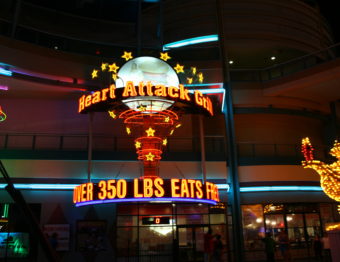
The emergence of Instagram and other visual-based social networks means that food has almost been reinvented. While recipe books and all sorts of other similar content have been doing the rounds for decades, one might argue that it’s only recently that chefs have been able to show off their dishes in a light that does them complete justice.
We were recently taking a look at the Twitter feed of Joshua Manocherian and found an interesting article about the mechanics of food photography. Unsurprisingly, it’s not simply a case of grabbing your iPhone and taking a snap – this is a fine art that can make or break a dish.
To highlight what we mean, let’s take a look at some of the best tips in relation to photographing food.
Certain dishes have “better angles”
As some of us will be happy to testify, we all have good and bad angles. From one side we might look the definition of a million dollars, from another it might result in an actual dreadful photo.
Strangely, food is the same. It might not be human, but some dishes have more flattering angles than others.
Whenever you are approaching this sort of shoot, make sure you snap multiple angles. After all, unlike humans where boredom or frustration might kick in, this doesn’t happen with a dish.
Keep light sources down to a minimum
Something which differs significantly from the standard shoot is the number of light sources.
If you’ve ever photographed something like a car or interiors, you’ll have probably tried to add as many light sources as possible.
With food, this doesn’t need to be the case.
The aim is to make the eye focus solely on the dish and this means using just one light source, or at least as few as possible.
If you can also make this light shine from the back or side it will add extra dimension and again just allow your dish to benefit.
Accept that some dishes are plain ugly
For obvious reasons, we’re not going to make any comparisons to photographing humans here!
On a serious note, some dishes are just plain ugly. They have been devised to be eaten, not to be photographed, and all the titivating in the world won’t change this.
It’s in these instances where you need to accept the situation and make the best of it. One of the best ways to do this is to just concentrate on the ingredients. Some photographers will take the core ingredients and just fill the frame – just to create that wow -shot.
Alternatively, photographing the process is another popular method – it just means you don’t have to focus on that ugly dish.
White plates all the way
Lastly, try not to rely too much on Photoshop when it comes to crumbs.
When we say white plates, what we actually mean is clean plates. Be precise as possible whilst organizing your plate, don’t leave anything to chance. A small crumb can completely take a person’s eye away from the centerpiece, and ultimately ruin it.




